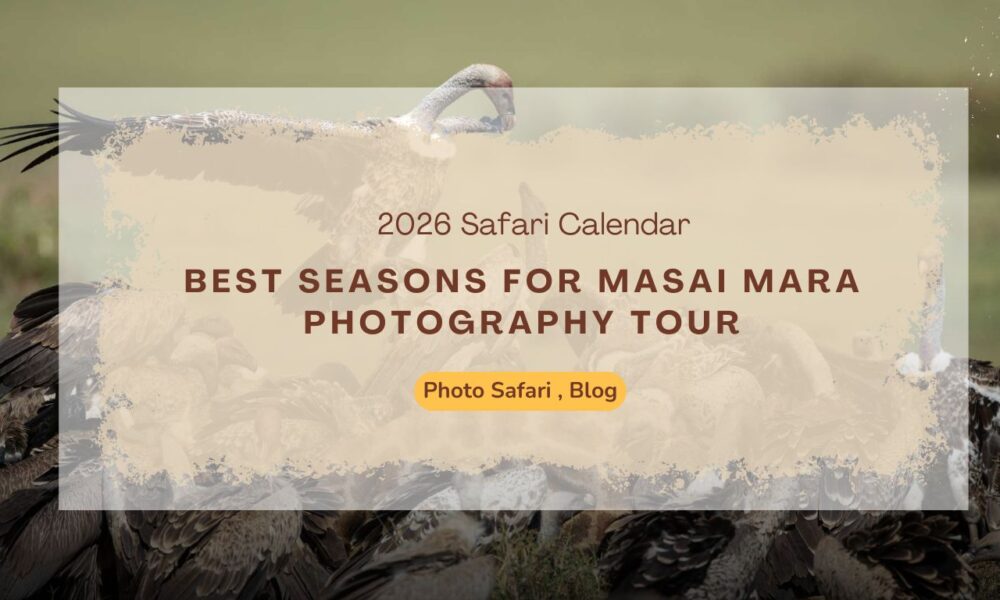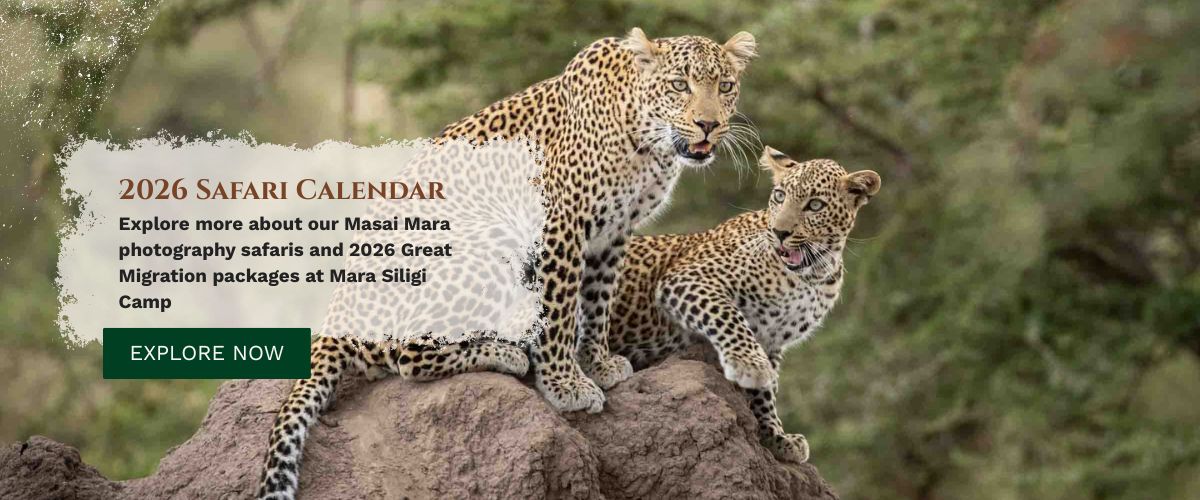2026 Safari Calendar
Planning your Masai Mara photography tour in 2026? Get ready for an unforgettable journey through Kenya’s most iconic wilderness — where golden plains, dramatic skies, and untamed wildlife come together in perfect harmony. Whether you dream of capturing the Great Migration or intimate portraits of lions at sunrise, timing your trip around the Masai Mara seasons makes all the difference. This guide breaks down the 2026 Masai Mara calendar, helping you discover the best months for wildlife, birding, and light — so every frame you capture tells the true story of Africa’s wild heart.
Table of Contents
- Why Planning Your 2026 Masai Mara Safari Around Seasons Matters
- Understanding the Masai Mara Seasons
- Month-by-Month Safari Calendar (2026 Wildlife Photography Guide)
- The Great Migration: When and Where to Capture It
- Best Seasons for Bird Photography in Kenya
- Ideal Lighting and Weather for Wildlife Shots
- What to Pack for a 2026 Masai Mara Photography Tour
- Final Thoughts: Crafting Your Perfect 2026 Safari Experience
Why Planning Your 2026 Masai Mara Safari Around Seasons Matters
If you’re planning your Masai Mara photography tour in 2026, timing is everything.
Here at Mara Siligi Camp, we often tell our guests that the Mara never looks the same twice — the light, the colors, the sounds, even the animals change with every season. From golden grasslands that glow at sunset to lush green plains teeming with life, each month offers its own magic through the lens.
When you plan your Masai Mara photography safari around the right season, you’ll not only see more wildlife — you’ll capture moments that feel alive. So let’s walk you through the ultimate 2026 Masai Mara safari calendar, crafted especially for travelers and photographers who want every click to tell a story.
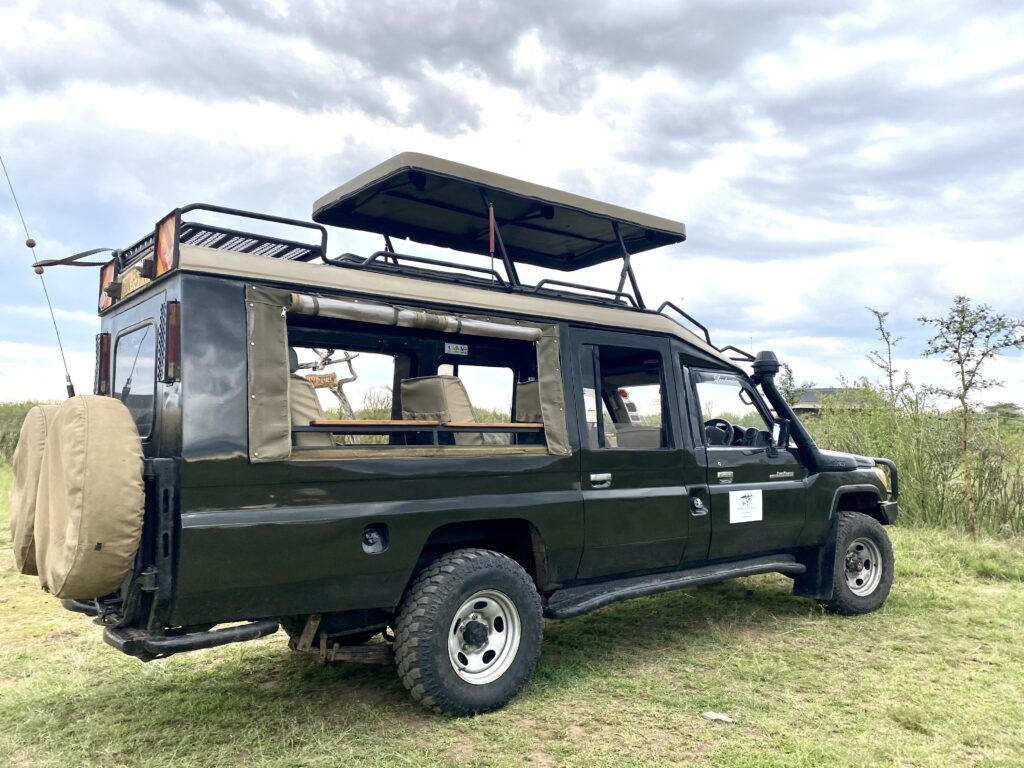
Understanding the Masai Mara Seasons
The Masai Mara ecosystem moves in rhythm with nature’s calendar, following two primary weather cycles — the dry and rainy seasons — each bringing its own photographic opportunities. For anyone planning a Masai Mara photography tour, understanding these seasonal patterns is key to capturing wildlife at its most dynamic and landscapes at their most breathtaking.
Season | Months | What to Expect | Best For |
Dry Season | June – October | Clear skies, golden plains, and wildlife gathering around rivers and watering holes | Big cat sightings, Great Migration photography |
Short Rains | November – December | Refreshing showers, moody skies, and vibrant greenery | Landscape photography, predator activity |
Long Rains | March – May | Lush green backdrops, fewer tourists, and overcast light | Bird photography, soft natural lighting |
Short Dry Spell | January – February | Warm, bright days and open plains | Calving season, baby wildlife photography |
Each season offers a distinct atmosphere for your Masai Mara photography safari — from the glowing savannahs of the dry months to the dramatic clouds of the rains. Whether you’re chasing the thunder of hooves during the Great Migration or capturing delicate moments of newborn life, knowing when to visit ensures your Masai Mara photography tour in 2026 aligns perfectly with nature’s most cinematic displays.
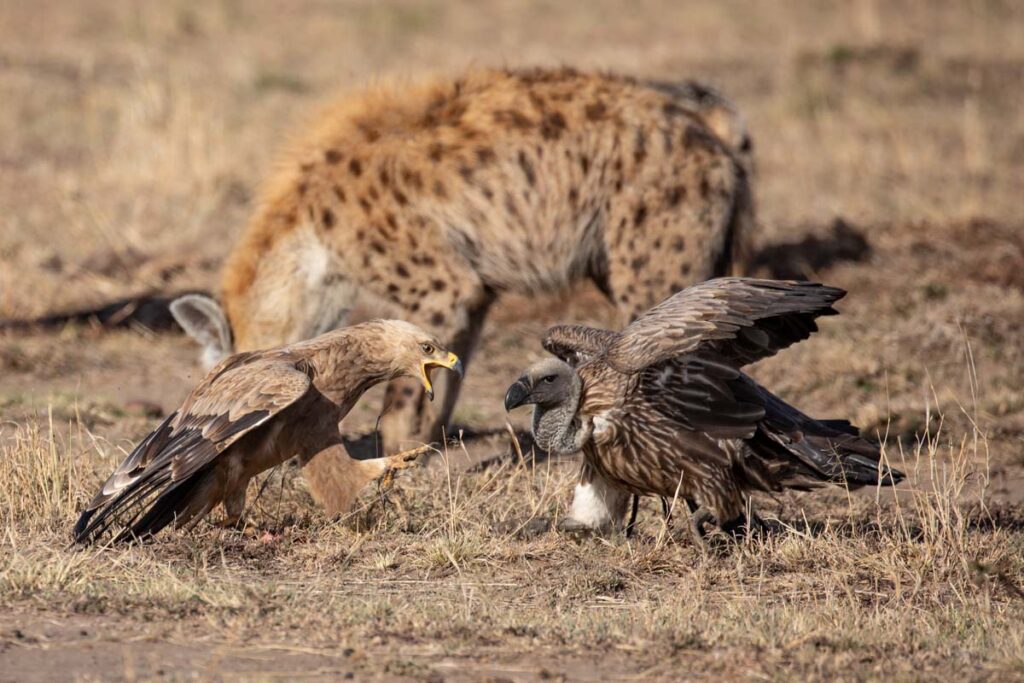
Month-by-Month Safari Calendar (2026 Wildlife Photography Guide)
Here’s your detailed month-by-month Masai Mara photography tour calendar for 2026 — designed to help you plan when to visit, what to expect, and how to make the most of each photographic opportunity. Whether you’re chasing golden sunsets, predator drama, or lush green landscapes, this guide ensures your camera is always ready for the perfect shot.
- January – February: Calving Season
Weather: Warm, mostly dry, and beautifully lit with golden light.
Wildlife Highlights: Newborn wildebeests, zebras, and heightened predator activity.
Photography Tips: Focus on storytelling — mothers with calves, tender moments, and predators on the hunt.
Why You’ll Love It: A quieter, intimate time for your Masai Mara photography safari, filled with emotion and natural drama.
- March – May: The Long Rains
Weather: Refreshing showers with rich green landscapes and dramatic skies.
Wildlife Highlights: Elephants, birds, and smaller predators thrive in this lush season.
Photography Tips: Take advantage of overcast light for balanced shots and bring waterproof gear.
Why You’ll Love It: Ideal for creative photographers who love moody, artistic shots and minimal tourist presence during their Masai Mara photography tour.
- June: Start of the Dry Season
Weather: Cool mornings, bright days, and shorter grass for clear views.
Wildlife Highlights: Predators along riverbanks; early herds begin moving north.
Photography Tips: Capture dramatic dust trails, low-angle sunrise shots, and predator-prey interactions.
Why You’ll Love It: A perfect mix of activity and light — excellent for wildlife close-ups and storytelling images.
- July – September: The Great Migration
Weather: Sunny, cool, and dry — the prime season for safaris.
Wildlife Highlights: Over 1.5 million wildebeests and zebras crossing the Mara River — nature’s grandest show.
Photography Tips: Use high shutter speeds for motion, wide-angle lenses for sweeping migration scenes, and stay ready for sudden crossings.
Why You’ll Love It: This is the peak of any Masai Mara photography tour — action, emotion, and the raw power of survival in every frame.
- October: Golden Plains and Predator Peaks
Weather: Warm, mostly dry with soft, golden sunlight.
Wildlife Highlights: Big cats, elephants, and the final herds of the Great Migration.
Photography Tips: Experiment with backlighting and golden-hour portraits of wildlife.
Why You’ll Love It: Fewer crowds and magical tones make this one of the best months for peaceful yet powerful photography in the Mara.
- November – December: Short Rains and Renewal
Weather: Light afternoon showers, vivid green vegetation, and dramatic cloudscapes.
Wildlife Highlights: New births, abundant grazers, and an explosion of birdlife.
Photography Tips: Play with reflections after rain, misty mornings, and vibrant post-storm lighting.
Why You’ll Love It: A tranquil, colorful end to your Masai Mara photography safari — full of freshness, life, and renewal.
Each month brings a unique story waiting to be captured through your lens. Whether you’re a first-time visitor or a seasoned photographer, the 2026 Masai Mara safari calendar ensures your journey aligns perfectly with nature’s most photogenic moments.
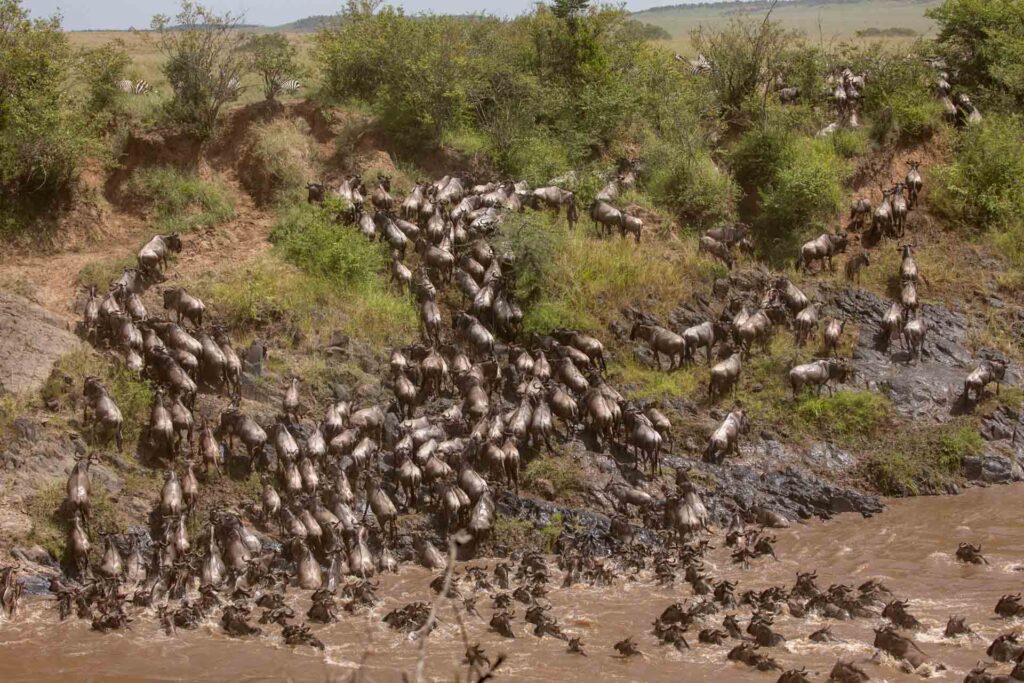
In the Masai Mara, every sunrise tells a story, every river crossing captures courage, and every frame is a chance to freeze the heartbeat of Africa.
The Great Migration: When and Where to Capture It
The Great Migration is the heart of every Masai Mara photography tour — a breathtaking natural spectacle that brings over 1.5 million wildebeests, zebras, and gazelles thundering across the plains in search of greener pastures. It’s raw, emotional, and every photographer’s dream to capture this once-in-a-lifetime movement of life and survival.
Here’s how it unfolds in 2026:
- June – July: The herds begin their journey north, crossing from Tanzania’s Serengeti into Kenya’s Masai Mara.
- July – September: The iconic Mara River crossings take place — heart-pounding moments as herds face crocodile-infested waters and waiting predators.
- October: The herds gradually move back south, leaving behind golden plains filled with lingering predators and dramatic sunsets.
Photography Tips for Your Masai Mara Safari:
- Stay near Talek or Mara River — Mara Siligi Camp offers prime access to both.
- Use burst mode to freeze intense moments during crossings.
- Capture during golden hours — early mornings and late evenings for warm tones and dramatic contrasts.
- Bring a long lens (100–400mm or more) for close-ups from a safe distance.
- Experiment with wide shots to showcase the vastness of the migration and its scale.
Every frame you capture during this season tells a powerful story — of courage, instinct, and the eternal rhythm of the wild. The Great Migration is not just a sight to witness — it’s an emotion every Masai Mara photography safari should revolve around.
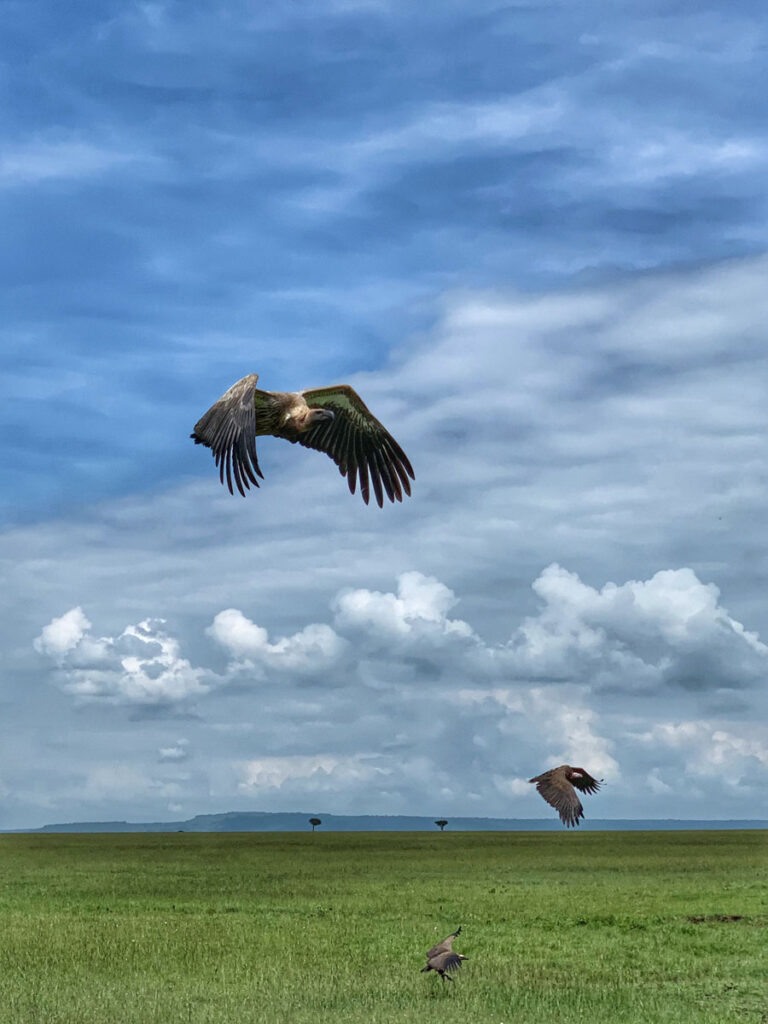
Best Seasons for Bird Photography in Kenya
If you’re planning a Masai Mara photography tour focused on birds, the wet seasons (March–May and November–December) are absolutely ideal. During these months, the Masai Mara National Reserve transforms into a vivid paradise alive with color, song, and movement. The rains bring lush vegetation, attracting countless species of resident and migratory birds — making it a dream setting for wildlife photographers.
During these months:
- Migratory species arrive from Europe and Asia, adding variety to your photography portfolio.
- The Mara’s skies and trees fill with vibrant hues, from lilac to gold to emerald.
- Soft morning light creates perfect conditions for detailed feather and flight shots.
Birds to Watch For on Your Masai Mara Safari:
- Lilac-breasted roller — Kenya’s most photographed bird.
- Secretary bird — dramatic and striking in open grasslands.
- Crowned crane — elegant and regal near wetlands.
- Ostrich — Africa’s largest bird in its natural habitat.
- Eagles and vultures — masters of the Mara skies.
Photography Tip:
For your Masai Mara photography tour, carry a telephoto lens (400mm or more), shoot in the early hours for the best light, and stay patient — the magic often happens in still, quiet moments. Whether it’s a roller in mid-flight or a vulture soaring above golden plains, bird photography in Kenya during the wet season is an artist’s playground.
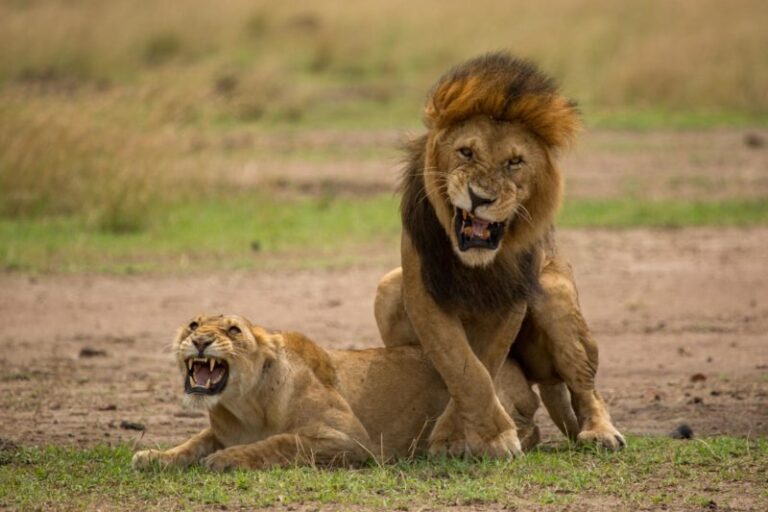
Ideal Lighting and Weather for Wildlife Shots
For anyone planning a Masai Mara photography tour, understanding light and weather is key — it’s what separates a good shot from a breathtaking one. The Masai Mara offers a dynamic range of lighting conditions that transform the same landscape multiple times a day, giving photographers endless creative possibilities.
Here’s how to make the most of the Mara’s natural light:
- Golden Hours (6:00–8:30 AM & 4:30–6:30 PM): These are the best times for warm tones, glowing horizons, and soft shadows — perfect for capturing wildlife silhouettes and emotional storytelling shots.
- Midday: Use the harsh light to your advantage by shooting black-and-white contrasts, dust trails, or action scenes during game drives.
- Cloudy Days: The diffused light brings out texture and color in animal fur and feathers — ideal for portrait-style wildlife photography.
- Dusty Evenings: Especially during the dry season, this light adds depth, drama, and atmosphere to your frames.
At Mara Siligi Camp, we recommend early morning and sunset safaris for photographers — that’s when the Mara truly glows. Whether it’s the golden light wrapping around a lion’s mane or the soft mist of dawn over the savannah, this is where your Masai Mara safari photography tour comes alive through your lens.
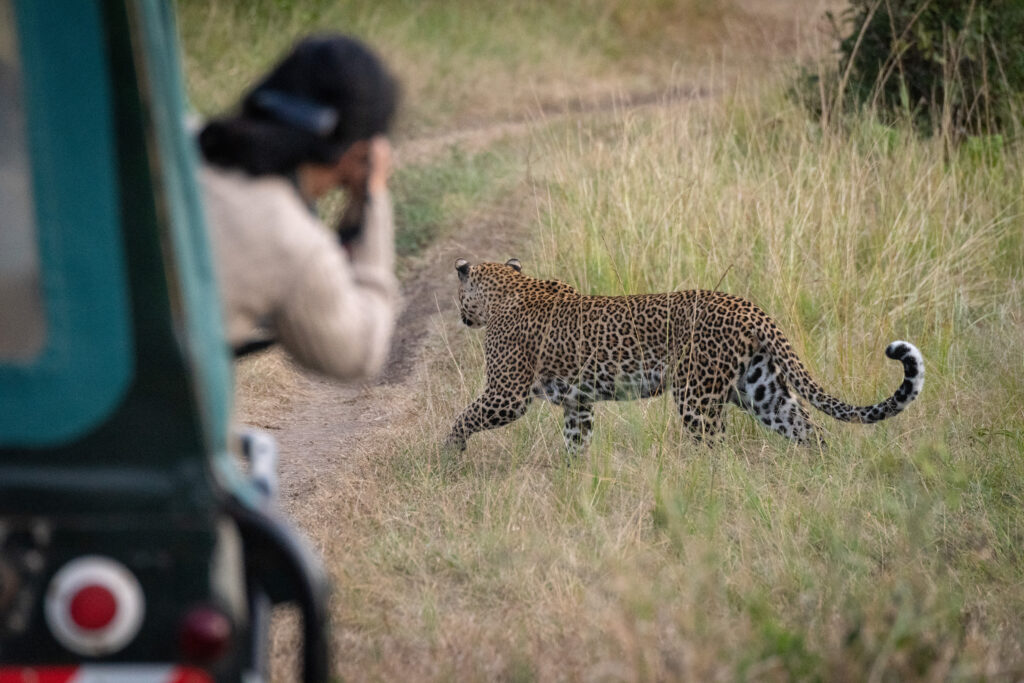
What to Pack for a 2026 Masai Mara Photography Tour
Preparing for your Masai Mara photography tour is about more than just excitement — it’s about packing smart so you can focus on what truly matters: capturing the wild at its best. Whether you’re photographing the Great Migration or the still calm of dawn, having the right gear makes all the difference.
Camera Gear Essentials
- DSLR or Mirrorless Camera with a fast burst mode for action shots.
- Lenses: 24–70mm for landscapes, 70–200mm for portraits, and 100–400mm for distant wildlife.
- Extra Batteries & Memory Cards — you’ll need them for long days in the field.
- Lens Cleaning Kit & Blower to deal with dust from the savannah.
- Bean Bag or Tripod for vehicle stability.
- Waterproof Covers for both camera and backpack during rainy months.
Safari Essentials
- Neutral-toned clothing (avoid white or bright colors that attract insects or disturb wildlife).
- A wide-brim hat, sunscreen, and insect repellent.
- Light jacket or poncho for cool mornings and occasional rain.
- Binoculars for spotting distant wildlife before lining up your shot.
- Refillable water bottle to stay hydrated throughout your game drives.
At Mara Siligi Camp, we offer solar charging stations and provide refillable drinking water — making your Masai Mara photography tour lighter, eco-friendly, and worry-free.
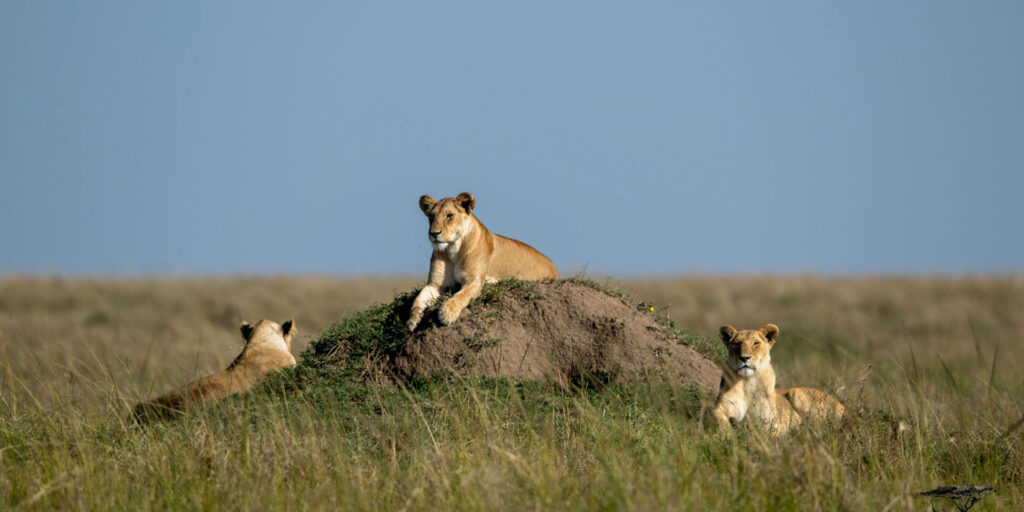
Final Thoughts: Crafting Your Perfect 2026 Safari Experience
Every season in the Masai Mara tells its own story — one of light, life, and breathtaking moments in motion. Whether you’re capturing the Great Migration, photographing a lion bathed in sunrise glow, or waiting for a lilac-breasted roller to take flight, your Masai Mara photography tour 2026 is your chance to turn the wild into timeless art.
Plan ahead, pack smart, and choose a camp that understands photographers — one that’s close to wildlife action, offers golden-hour access, and gives you peaceful nights for photo reviews under the stars.
At Mara Siligi Camp, we go beyond hospitality — we’re passionate photographers and nature lovers who know what it takes to capture magic in the Mara. Let’s make your Masai Mara photography tour in 2026 not just memorable — but truly extraordinary.
FAQs – Masai Mara Photography Tour Packages
The best time for a Masai Mara photography tour in 2026 is July to September, during the Great Migration when millions of wildebeests and zebras cross the Mara River — offering dramatic wildlife moments and perfect golden light. However, January–February is great for calving season and predator action, while March–May offers lush green backdrops and incredible bird photography opportunities.
For a successful Masai Mara photography safari, pack a DSLR or mirrorless camera with fast burst mode, lenses like 24–70mm (landscapes), 70–200mm (portraits), and 100–400mm (wildlife). Carry extra batteries, memory cards, a bean bag or tripod, and lens cleaning gear. Don’t forget waterproof covers and neutral clothing to blend in with the environment.
To capture the Great Migration during your Masai Mara photography tour in 2026, plan your visit between June and October. Book a camp near the Mara River or Talek area — like Mara Siligi Camp — for easy access to river crossings and predator hotspots. Use burst mode and long lenses (100–400mm) to photograph dramatic action from a safe distance, especially during early mornings and late afternoons.

